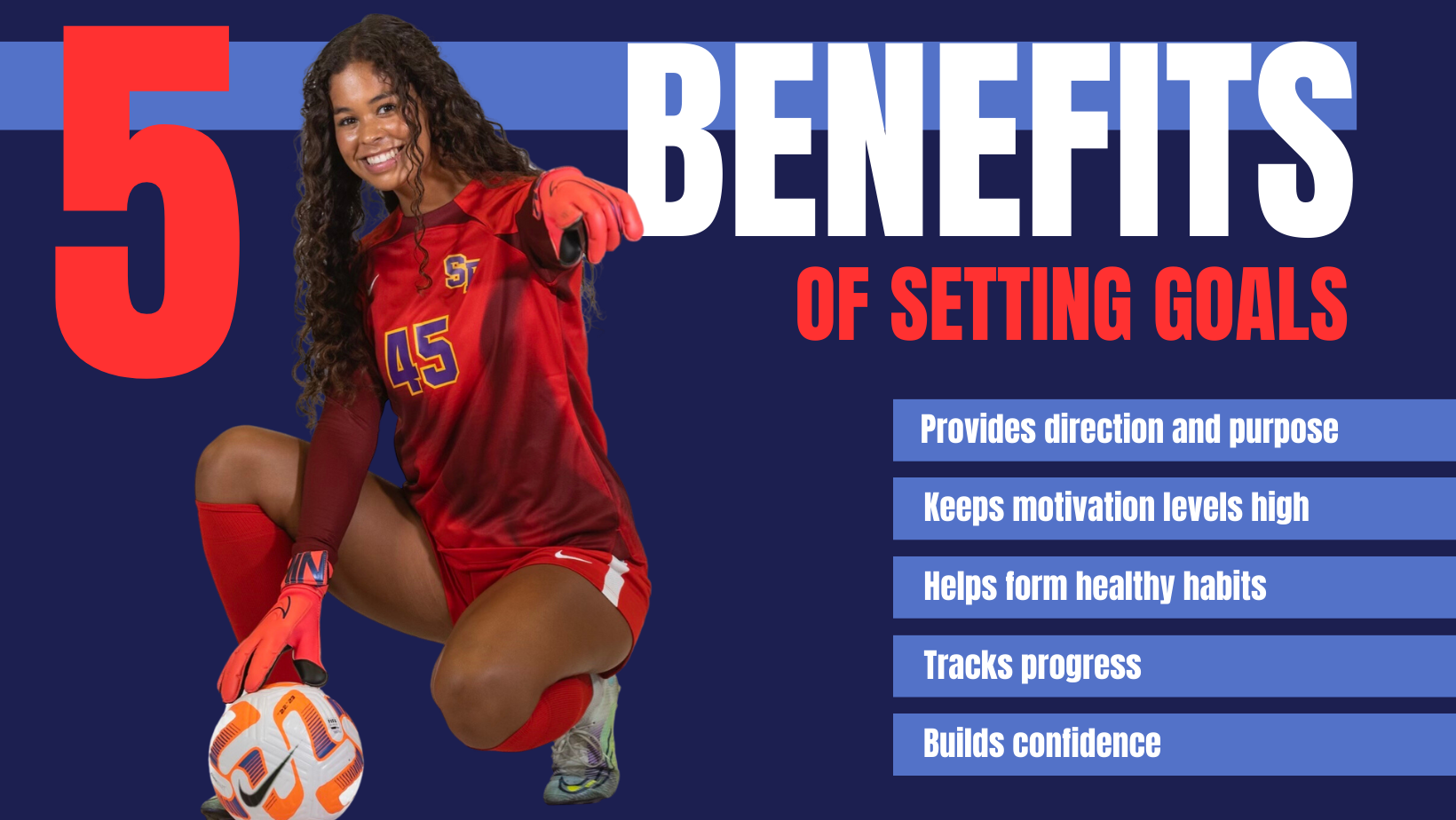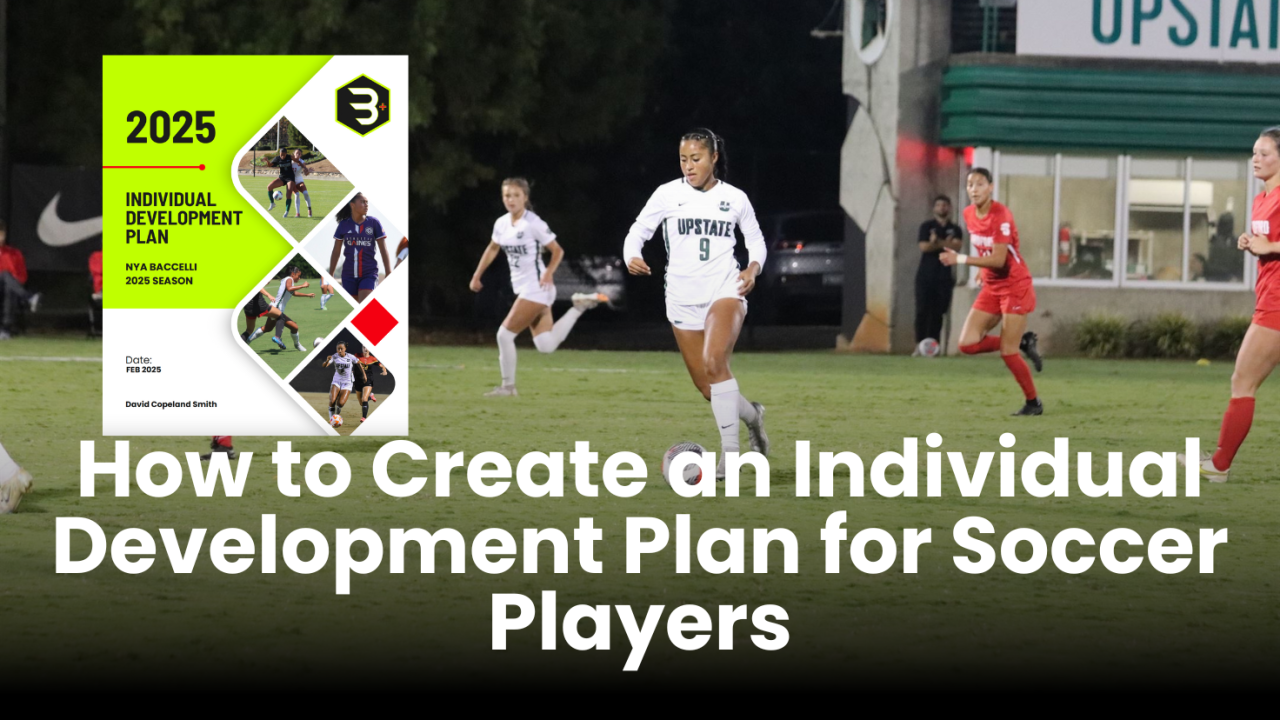The Initial Obsession and Why I Started Digging
You see it everywhere, right? Parents pushing their little 8-year-olds like they’re training for the Olympics next year. Every tournament, every specialized camp, they’re pouring money and pressure into this idea that if their kid isn’t playing 12 months a year by age 10, they’ve already missed the boat.

It drove me nuts. I kept seeing these talented kids just crashing and burning by the time they hit high school. They were technically sound, but mentally done. So I had to figure it out. I needed to see the real blueprint. Not the stuff you read in glossy magazines or hear from coaches trying to sell you a summer camp, but the actual, ugly timeline of the guys and girls who truly made it to the top level. I needed to establish a baseline for reality.
Chasing Down the Truth, Not the Hype
Where did I even start? I knew I couldn’t just trust those generic “10,000 Hours” books. That’s too abstract. I needed concrete ages, dates, and commitment levels. So I decided to build my own sample size. I targeted around 60 athletes across three high-pressure sports: elite soccer, major league baseball, and professional hockey. These are the sports where parents seem to lose their minds the fastest.
I didn’t use any fancy databases. I went old school. I scoured local news archives, the really old ones, trying to find mentions of these players back when they were just high school kids or even younger. I looked at old college recruitment bios, digging for that tiny snippet that said: “Started playing seriously at age…” I even chased down a few retired youth coaches I knew, practically begging them to recall when those elite players actually committed to high-intensity, focused training.
It was a massive jigsaw puzzle. I wasn’t just tracking when they started playing casually. Every parent lets their kid kick a ball around at age five. I was trying to pinpoint the moment the training became deliberate—the point where they stopped playing everything else and truly locked in on one sport, maybe four or five days a week, year-round.
The Personal Drive: Why This Became My Mission
To be honest, I wouldn’t have spent months digging into old microfilm and cross-referencing college profiles if it wasn’t personal. My best friend’s kid, let’s call him Alex, was a prodigy. By age 11, everyone said he was going D1. He had all the skills. But he’d been pushed into specialized training since he was seven. He had no off-season. He had no breaks. By age 15, he just threw his equipment in the garage and walked away.

He wasn’t injured. He was just exhausted. Mentally fried. He hated the game he used to love. Watching that—watching genuine, raw talent extinguished by ridiculous expectations and pressure—that was the fuel that pushed me through the final stages of the investigation. I realized I wasn’t just measuring the time it takes to succeed; I was measuring the time it takes to stay in the game without burning out.
What the Data Screamed at Me
After compiling all the messy, anecdotal data points, a pattern emerged that completely flies in the face of modern youth sports culture. My homemade, messy spreadsheet showed that the truly elite often took longer to specialize than you’d think. It completely blew up the idea that early specialization guarantees success.
Here is what I concretely discovered and what I now share with every nervous parent:
- The Myth of Early Specialization is Real: Almost 85% of the athletes in my sample—the ones who made it to the very top—played multiple sports until at least age 12, often 14. They were developing broad athleticism first. They didn’t feel the need to rush.
- The Real Timeline is a Marathon: The average time from when they started consistent, deliberate, high-intensity training (meaning specialization) to when they achieved their ultimate goal (pro contract or senior national team selection) was consistently between 12 and 15 years. This is the crucial window.
- Starting Point Shock: Most of these guys didn’t hit that “deliberate training” window until they were 13 or 14 years old. If they started serious, high-pressure specialization younger than 12, the dropout rate seemed significantly higher.
Think about that. If a player starts their marathon at age 14, they hit their peak elite performance window in their late 20s. If you push them to start that marathon at age 7, they are asking to hit the burnout wall by age 20, long before they even get a chance to reach their potential.
Setting the Goals That Actually Stick
The whole process forced me to completely restructure my advice. We have to stop setting goals based on college scholarships at age 10. That’s a ridiculous and unrealistic outcome for most kids.

Instead, the goal should be simple: make sure they still love playing the sport in 15 years. That means managing expectations for the very long haul. For the 8-year-old, the realistic goal is developing coordination and having fun. For the 12-year-old, it’s about mastering core skills without overtraining. The focus must be on skills and enjoyment, not competitive specialization.
I keep that ugly, manually tracked spreadsheet nearby. It’s my reality check. Whenever a parent tells me they are worried their 10-year-old isn’t intense enough yet, I just show them the real timelines. Elite development isn’t a quick sprint; it’s a 15-year commitment. You better pace yourself and let the kid drive the commitment bus when they are actually ready for that serious workload, which is usually much later than we think.
